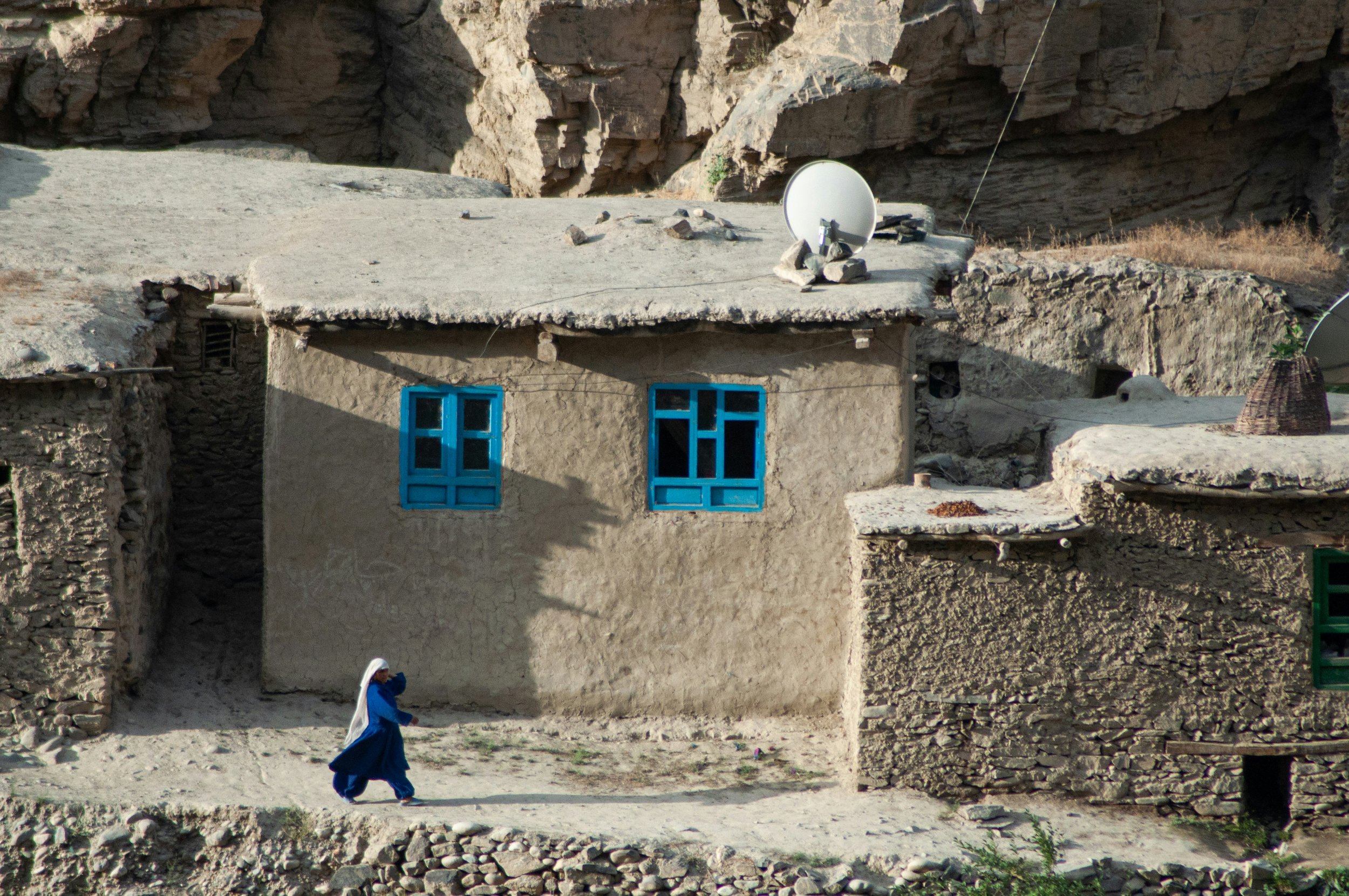$7 billion worth of U.S. weapons were left in Afghanistan
When the cost of shipping them back is higher than manufacturing new ones, where do the old weapons end up? The abandonment of weapons in the Middle East has created a market for second-hand military-grade arms, and those arms are now being used against the US’ allies around the world.
In March 2021, the United States officially withdrew from Afghanistan, throwing an already precarious situation into complete chaos.
In their haste to pull out per protocol, approximately $7 billion of military equipment used in US operations and allocated to the Afghan government after 16 years of conflict were left behind.
Now, the weapons have fallen into the hands of the very enemy they were once used against: the Taliban, and whoever has the money to purchase them. Military-grade arms manufactured and belonging to the US armed forces are trickling down to militias, civilians, foreign governments, and insurgents, used against the US and its allies.
The report produced by SIGAR (U.S. Special Inspector General for Afghanistan Reconstruction) and cited by CNN estimated “roughly 600,000 weapons of all calibers, nearly 300 fixed-wing and rotary-wing aircraft, over 80,000 vehicles of several models, communications equipment, and other advanced material such as night vision goggles and biometric systems”, left behind and up for grabs.
Current intelligence assessment suggests that U.S. Humvees, and up to 40 aircraft including UH-60 Black Hawks, scout attack helicopters, and ScanEagle military drones are in enemy possession. While personnel destroyed control boards of equipment before evacuation, it appears that they were not able to disable the extent of their armory and supplies. Within the community of former and active US personnel, concerns are that the seizing of the weapons by the Taliban, and their extensive black market networks will result in mass market and purchase of US weapons by other militant groups such as the Islamic State or Al-Qaeda to attack US interests or be sold to adversaries including China and Russia.
Especially concerning is night-vision equipment which will be the real advantage to possess, with an ability to function and operate in conditions other, lesser equipped, governments and militaries are not able to.
In Pakistan, access to US weapons has intensified the threats and acts of violence committed by the TTP militant group (Tehrik-e Taliban Pakistan) and separatist groups involved in insurgencies against the Pakistani government. In Khyber Pakhtunkhwa, which has seen a high concentration of TTP attacks, officials reported that they were “sitting ducks to be picked off by militant groups.” Against M16 machine guns, M4 assault rifles, night-vision goggles, and military-grade communication gear, the local forces in the province bear the brunt of TTP attacks whilst becoming increasingly vulnerable.
It has reached a point where Pakistani government officials are purchasing US weapons off the black market to ensure their own protection with reliable and sure-fire guns. According to Iftikhar Firdous, editor of the Khorasan Diary, an independent organization based in Pakistan that monitors non-state groups, “The proliferation of such arms has not only made it difficult to combat terror networks regionally, the night vision equipment, in particular, is used to target Pakistani security personnel and police on a daily basis.”
However, in a slight silver lining, the frequency of equipment breakdowns in the harsh weather of Afghanistan and its neighbors and the lack of maintenance may result in only a temporary advantage.
Should the procedure for the military to follow and abide by when withdrawing from a country in unstable situations change? The outcome from Afghanistan may produce telling changes in the coming years for the US military.

